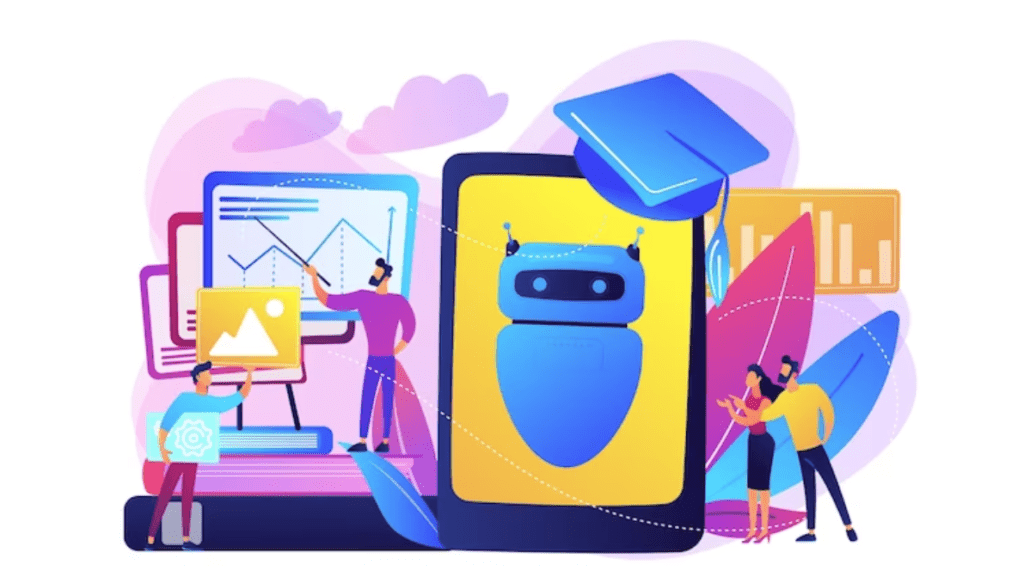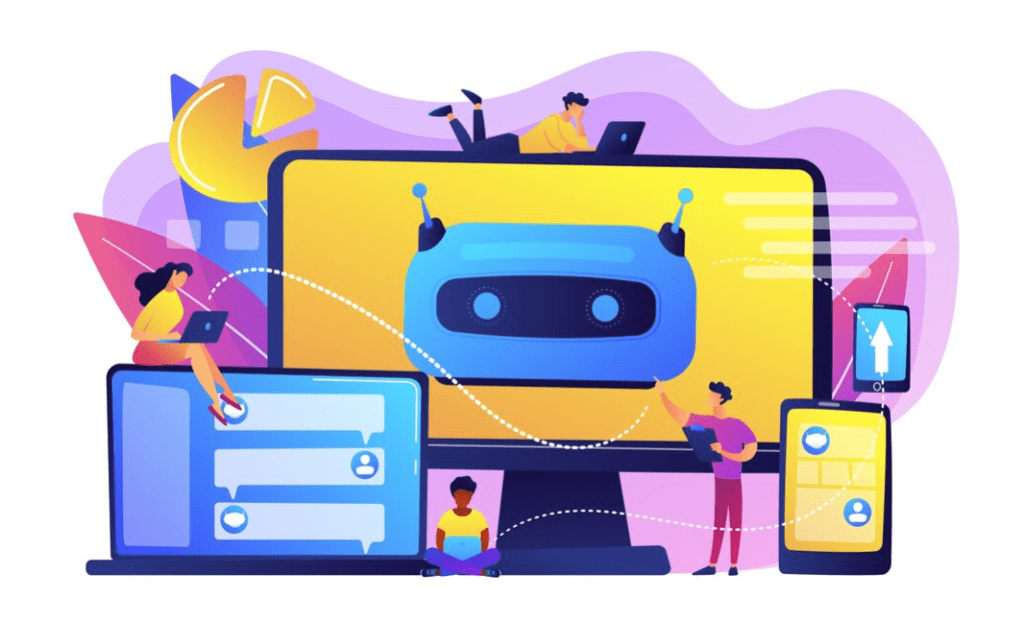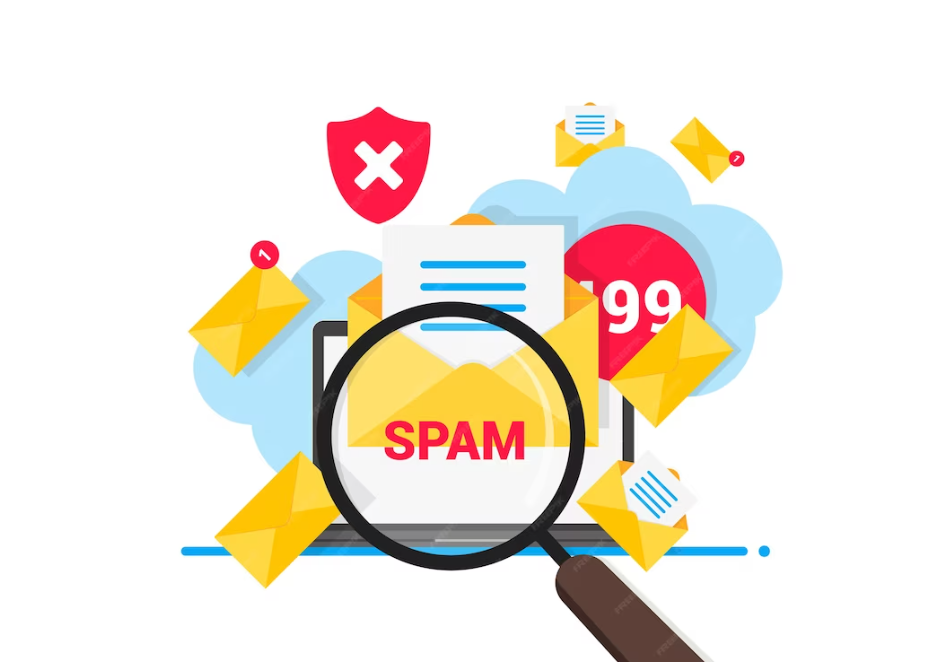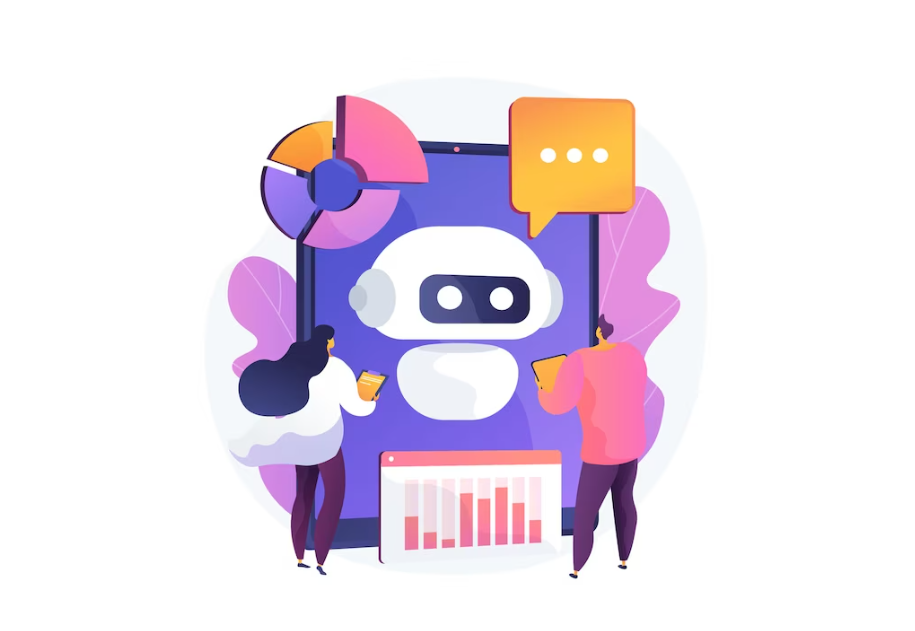How AI Generated Content Enhances SEO and Drives Organic Traffic
Creating high-quality, engaging content is essential for businesses in today’s digital landscape. It helps to attract and retain online audiences. However, the process of consistently producing fresh, relevant content can take time and effort. This is where the Karisma of Artificial Intelligence (AI) comes into play. AI generated content has emerged as a game-changer, revolutionizing how businesses create and distribute content. In this blog, we will explore how AI-generated content saves time and resources, enhances Search Engine Optimization (SEO), and drives organic website traffic.

AI Generated Content and SEO
This content is designed to be search engine-friendly, incorporating relevant keywords and phrases that can boost a website’s visibility in the eye of Google, like on search engine result pages (SERPs). Businesses can automatically generate content that aligns with SEO best practices by leveraging AI algorithms. This ensures that their website ranks higher in organic search results, increasing the number of effective visitors. For example, professionals use AI for making advertisements.
Content Scaling and Consistency
Producing large volumes of content consistently is a challenge for many businesses. However, this can efficiently scale content production while maintaining quality. AI algorithms can generate content across various formats, such as blog posts, social media updates, product descriptions, and more. This ensures a steady flow of engaging content that keeps audiences interested and drives organic traffic.
Enhanced Keyword Research
AI-powered tools can quickly analyze vast amounts of data, including search trends, user behavior, and competitor analysis. These insights allow AI-generated content to identify and incorporate the most effective keywords and phrases. This streamlines the keyword research process, enabling businesses to optimize their content for maximum SEO impact.
Content Personalization
This content can be tailored to meet target audiences’ specific needs and preferences. AI algorithms can generate personalized content that resonates with individual readers by analyzing user data. This level of personalization enhances user engagement, encourages more extended website visits, and increases the likelihood of conversions.
Where AI-Generated Content Can Be Used
This content finds applications in various industries and platforms. Some common areas where AI-generated content can be effectively utilized include:
– E-commerce platforms: AI-generated product descriptions and reviews can enhance the online shopping experience and drive conversions.
– News and media outlets: AI-generated news articles and reports can provide real-time updates on various topics, ensuring timely and accurate information dissemination.

– Social media platforms: AI-generated content can help businesses maintain an active social media presence by automatically generating posts, captions, and responses.
– Chatbots and customer support: AI-generated responses can be used to provide instant and accurate answers to customer queries, enhancing customer service efficiency.
Does Google penalty for AI generated content?
Yes, Google does penalize websites that use low-quality or spammy AI-generated content. While AI generated content can be a valuable tool for content creation, it is essential to ensure that the content meets quality standards and provides value to users. Google’s algorithms are well designed to detect and penalize websites that misuse AI-generated content, such as keyword stuffing, spinning, or generating content lacking coherence and relevance.
To avoid penalties, it is crucial to use such content responsibly. Here are some best practices to follow:
Quality control: Review and edit the AI generated content before publishing it. Ensure that it is well-written, coherent, and provides value to the readers. Human oversight is essential to maintain content quality.

Originality: Avoid using such content that is simply a rehash of existing articles or plagiarized content. Ensure that the content’s topic is unique and adds a fresh perspective to the case.
User relevance: Make sure the AI-generated content aligns with the interests and needs of your target audience. It should provide valuable information, answer their queries, and engage them effectively.
Natural language: AI-generated content should sound natural and not appear robotic or overly repetitive. It should read like it was written by a human, with proper grammar, sentence structure, and flow.
Avoid keyword stuffing: While AI generated content can help with keyword optimization, it is essential to use keywords sparingly. Maintain a balance and ensure the content reads naturally to avoid penalties for keyword stuffing.
By following these guidelines and responsibly using AI generated content, you can avoid Google penalties and maintain a positive online presence. Remember, the ultimate goal is to provide valuable and engaging content for your audience while adhering to search engine guidelines.
Various Types of AI Bots
Various types of AI bots are available, each designed to serve different purposes and interact with users in different ways. These are just a few examples of the different types of AI bots available. Until now, AI technology has continued to advance. We expect to see more specialized and sophisticated bots designed for specific industries or use cases. Here are some common types of AI bots for AI Generated Content:

Robotic Process Automation (RPA) Bots
RPA bots are AI bots automate repetitive tasks or workflows in business processes. These bots can perform tasks like data entry, data extraction, form filling, or report generation, freeing human resources for more complex or strategic work.
Virtual Assistants
Virtual assistants, such as Amazon’s Alexa, Apple’s Siri, or Google Assistant, are AI bots that provide voice-based interactions and perform tasks based on user commands. They can assist with tasks like setting reminders, answering questions, playing music, or controlling smart home devices.
Social Media Bots
Social media bots are AI bots that interact with users on social media platforms. They can automatically post content, respond to comments or messages, and engage with users. Social media bots can be used for customer service, content distribution, or social media marketing.
Chatbots
Chatbots are one of the most common types of AI bots. They are designed to simulate human conversation and provide automated responses to user queries or requests. Chatbots can be used for customer support, lead generation, and providing information or assistance on websites or messaging platforms.
Gaming Content Bots
Gaming bots are AI-powered bots that can play games autonomously or assist human players. These bots often train, test game mechanics, or provide challenging opponents in multiplayer games.
Content Generation Bots
Content generation bots use AI algorithms to automatically generate written or visual content. These bots can create blog posts, articles, social media posts, or artwork based on predefined parameters or user input.
Recommendation Bots
Bots use AI algorithms to analyze user preferences and behaviors to provide personalized recommendations. These bots are commonly used in e-commerce platforms, streaming services, or news websites to suggest products, movies, music, or articles that users may be interested in.
Lastly, AI-generated content is revolutionising the way businesses create and distribute content. Businesses can save time and also, your resources by leveraging AI algorithms while enhancing their SEO efforts and driving organic traffic. The ability to personalize content, scale production using digital marketing, and maintain consistency ensures a competitive edge in the digital landscape. As AI technology continues to rise, we can expect even more innovative applications of AI generated content in the future.
